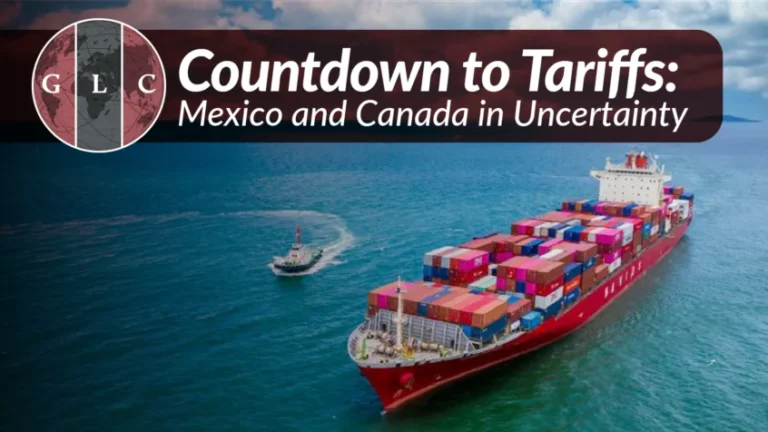The U.S. has hit pause on imposing 25% tariffs on imports from Mexico and Canada for 30 days. But what’s the real reason behind this delay? Let’s dive in:
USMCA Trade Agreement – A Legal Hurdle
The United States-Mexico-Canada Agreement (USMCA) makes it clear: no country can impose tariffs without mutual agreement. The proposed tariffs would have violated this deal, risking legal battles and strained relationships.
Economic Risks – A Domino Effect
The auto industry, deeply integrated across North America, would have taken the hardest hit:
1.Higher car prices – Consumers could face price hikes of 3,000to10,000 per vehicle.
2.Supply chain chaos – Automakers like Ford, GM, Toyota, and Volkswagen rely on seamless trade. Tariffs would disrupt production and raise costs.
3.Market uncertainty – Stock prices for automakers stabilized after the delay, but the threat of tariffs still looms.

A Chance for Diplomacy
The 30-day pause isn’t just a delay—it’s a window for negotiation. Key issues on the table include:
1. Border security and immigration
2.Drug trafficking concerns
3.Trade policy adjustments
Industry Relief – For Now
Automakers and businesses breathed a sigh of relief after the announcement. However, the clock is ticking. If talks fail, tariffs could still take effect, impacting jobs, production, and consumer wallets.

What Happens Next?
Will the U.S. move forward with tariffs, or will diplomacy win the day? The next 30 days will be critical for North America’s economy.
What’s your take? Should the U.S. push ahead with tariffs or focus on finding a trade solution? Share your thoughts below!


